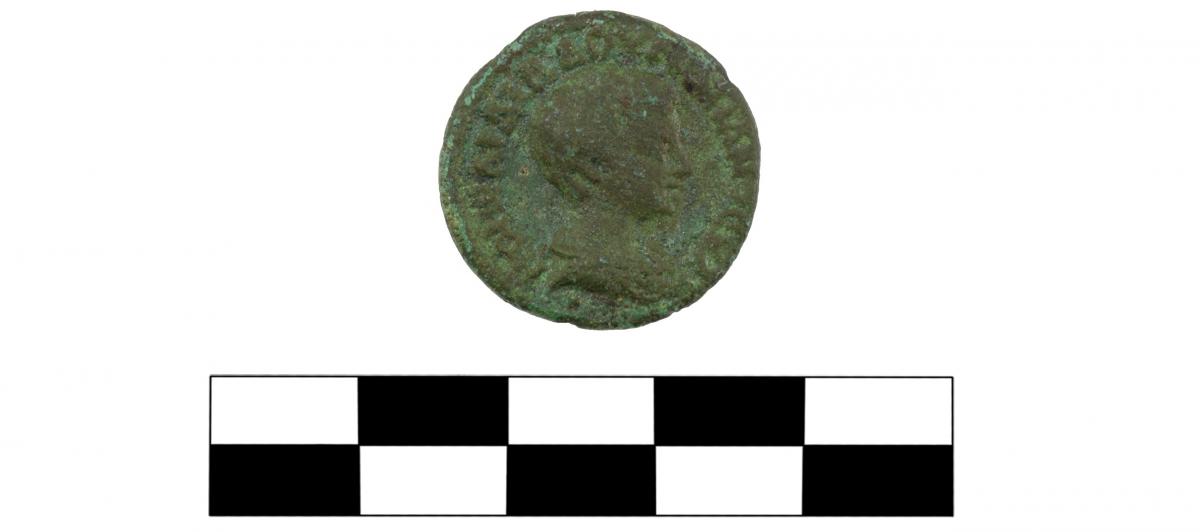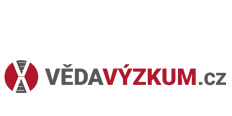The excavation season 2015 took place between the 15th of June and 10th of July (20 days), followed by three weeks of finds processing. One of our main aims during the season was to shed light on stone foundations of the house we uncovered during the first excavation season conducted in 2014.
Their surroundings were destroyed by treasure hunters and as such hindered any clear interpretation on the first place. Fortunately during the season 2015 we were lucky enough to excavate places undisturbed by looters, enabling more precise interpretation of the researched area.
Fig. 1.Ground plan of the excavated area, rooms A-E, named from W to E.
Excavation
During the excavations in 2015 we managed to uncover one more room of the elongated structure discovered in 2014 (Fig. 01). Currently the excavated house composes of five rooms continuing towards the east. The first three rooms (A, B and C) were entirely excavated by treasure hunters whereas the eastern part (rooms D and E) is fortunately preserved in an intact form. We observed layer of gravel inside as well as outside the structure, indicating level of the floor and parallel in height with the preserved top of house foundations. The room D revealed remains of terracotta pipeline countersunk in the gravel layer. Foundations of the house are shallower in this area, most probably for the reasons of lighter construction they carried. We may tend to interpret the room as a porch or even an entrance to the house as such. We assume the walls composed of organic material, most probably daub in boarding formwork construction. The building was covered with terracotta tiles of Laconian type, 41 x 59 cm in size, we discovered scattered all over the trenches dug by looters. Massive stone foundations (max. preserved depth 0.8 m deep, width 0.76 m) have the potential to support structure of more than one floor.
Fig. 2.Ortho photo of the excavated area taken at the end of the 2015 season.
Northwestern part of the house disappears under the roots of an extensive tree whereas the southwestern part is entirely missing (Fig. 2). Last year we assumed the walls were in this part destroyed and taken away by treasure hunters. However this year we disclosed that the whole left corner of the room B is missing as well as the entire southern wall of room A (at least four meters of the structure). Even though we speak about simple stone wall without solid bonding it seems highly improbable its absence is caused by recent human activity. More likely it was disturbed by the Dereorman River running by now only two meters western from the excavated area. The river greatly meanders and therefore it is likely it disturbed and finally took part of the structure. Finds discovered in the areas undisturbed by looters, especially in the northern part, sustain the assumption. Namely the northernmost excavated area outside the room C revealed 50 cm thick layer situated right under the top soil and reaching the above mentioned gravel level. The layer is very rich on highly fragmented finds of various character, concretely bones, pottery, tiles and small pieces of glass, iron and slag. Since the excavated sherds join not only across the height of the whole layer (difference in elevation of joining fragments reaches 40 cm) but also in the frame of the excavated area (joins come from different squares, reaching the distance of 15 m), it might be interpreted as ancient leveling layer composed of waste.
Based on the newly ascertained data we may assume the house was destroyed by the nearby river and leveled by a thick layer of waste afterwards. Whereas we disclosed an analogical layer of waste also above the stone paved road north of the house, we assume the entire area was not used as living quarter ever since (viz Fig. 02).
Foundations of the house revealed bronze coin of Diadumenian, son of the Roman Emperor Macrinus, shortly in office between 217 and 218 AD (Fig. 3, above). The coin enables to date foundation of the structure after the 20’s of the 3rd century AD. As long as the leveling layer did not reveal any material which might be for a certainty dated later than to the 3rd century AD, the house was used within relatively short period.
Selection of the Best Finds
The coin of Diadumenian minted in Kyzikos in Greece is not a solitary find of this type. The second outstanding piece is perfectly preserved bronze coin of Julia Domna, minted locally in Anchialos (Pomorie) situated in province of Thrace, directly on the Black Sea shore (Fig. 4, below). The coin was found in filling layer right next to the foundations of the house.
The mighty leveling layer revealed distinctive amount of finds. To the most exceptional pieces belongs a lamp medallion depicting Athena in helmet with spear. The lamp itself seems to be import directly from Athens (Fig. 5-6, below).
The intriguing marble finds are acroterion in the form of palmette (Fig. 7-8, see gallery) and fragment of a Thracian horseman. The latter was found secondarily used in the wall and depicts legs of the horseman, horse shoe and part of an altar (Fig. 9, see gallery). The most appealing terracotta find is a fragment of tablet picturing on one side a temple with standing figure, situated in the middle of the image. The figure bears a bird on her (?) right shoulder. Moreover there are two bucrania in the corners of the temple. Depiction in tympanon is unfortunately illegible. The other side of the tablet bears an inscription engraved before firing and mentioning male name in singular genitive Πηνιου/Πιτνιου/Πυτνιου which has not been detected so far among any known inscriptions (Fig. 10-12, below).
A fragment of terracotta statue depicting figure seated on a throne is an accidental find detected in the field, lying on the surface (Fig. 13, bellow).
Site Allocation
Geodesists from Slovak Technical University in Bratislava took part in the project from the 16th till the 25th of July. They allocated the entire site and measured its precise elevations, created orthophoto of the excavated squares, documented the whole area with dron and prepared precise square grid for the next season. During the grid creation we walked with them throughout the remotest parts of the site which revealed appealing and brand new discoveries. The northern area disclosed a part of stone column (Fig. 16), east of the excavated squares we discovered an immense amount of slag (remains of iron melting/production?, Fig. 17) and northeast of the squares an outstanding amount of raw glass and melted pieces of glass vessels (remains of glass production!, Fig. 18 a 19).
Authors of the text Petra Tušlová a Barbora Weissová
Participants of the 2015 Season
Stefan Bakardžiev (RIM) - director of the project
Viktoria Čisťakova (ÚKAR) – iron and glass
Věra Doležálková (ÚKAR) – total station, drawing documentation
Robert Frecer (ÚKAR) – terracotta lamps
Petra Janouchová (ÚKAR) – database, inscriptions
Markéta Kobierská (ÚKAR) – digital documentation
Miroslav Kozarev (RIM) – supervisor of the project
Johana Tlustá (ÚKAR) – photographic documentation
Petra Tušlová (ÚKAR) – pottery documentation
Michaela Smiejová (ÚKAR) – drawing documentation
Hana Šofková (ÚKAR) – drawing documentation
Jakub Havlík (ÚKAR) – drawing documentation, pottery classification
Barbora Weissová (ÚKAR) – GIS and database, architectural terracotta
Special guests: Tibor Lieskovský, Alexandra Rášová and Ondřej Trhan (STU Bratislava)























